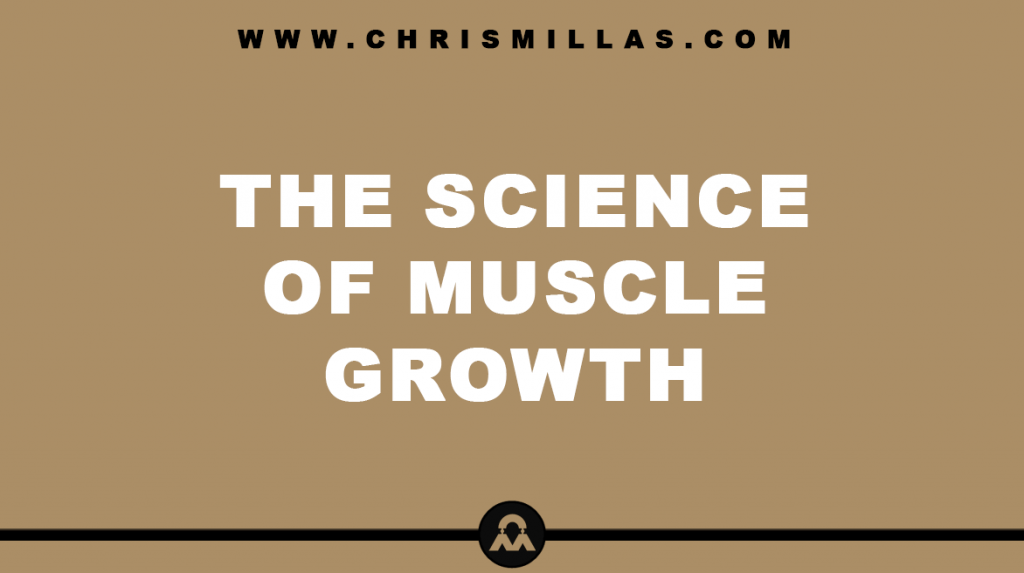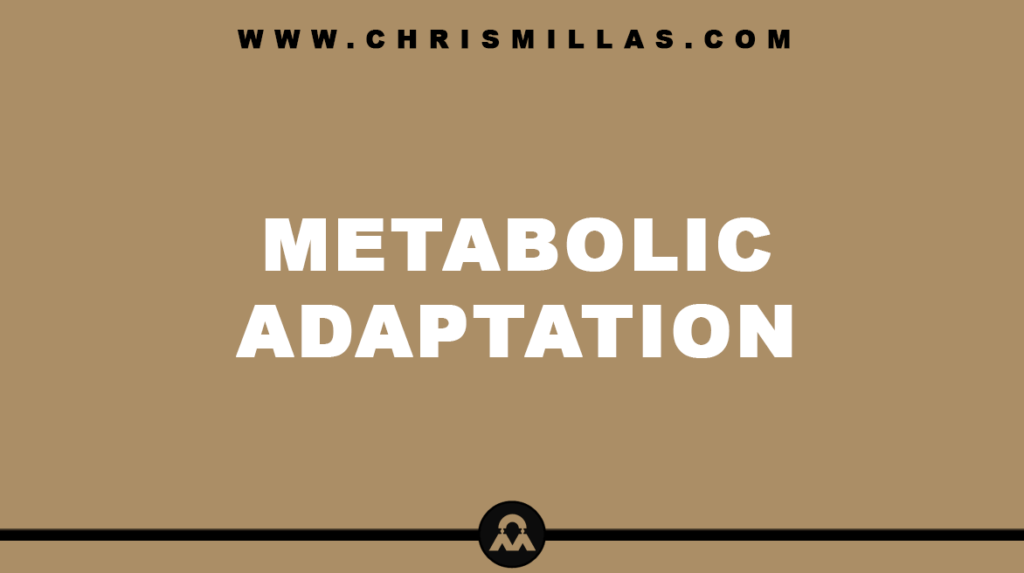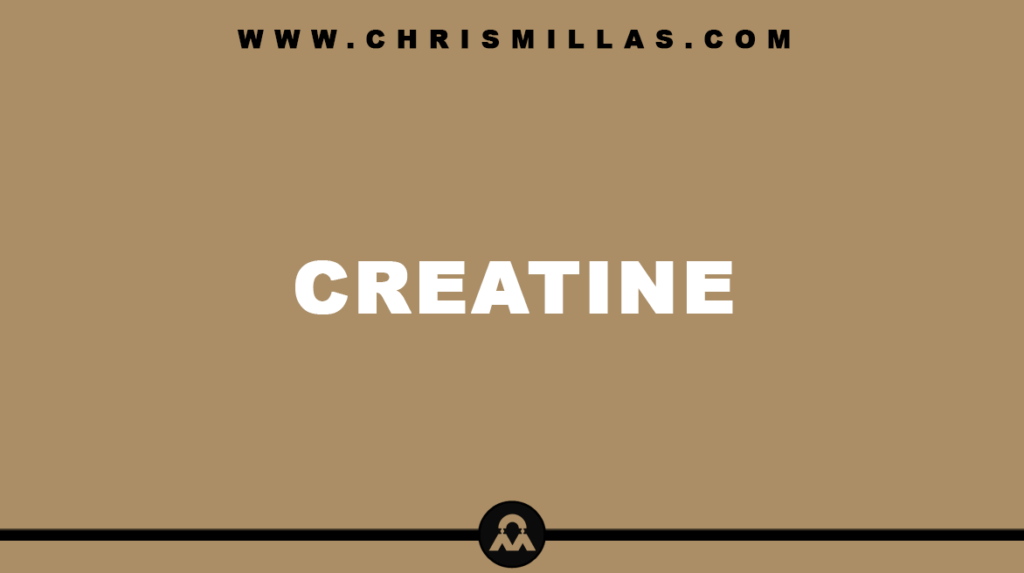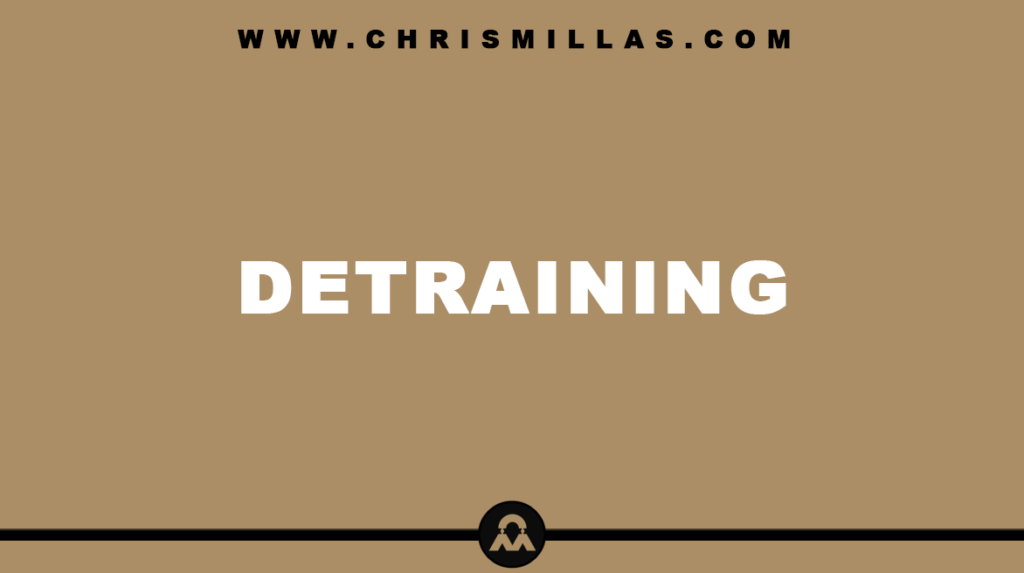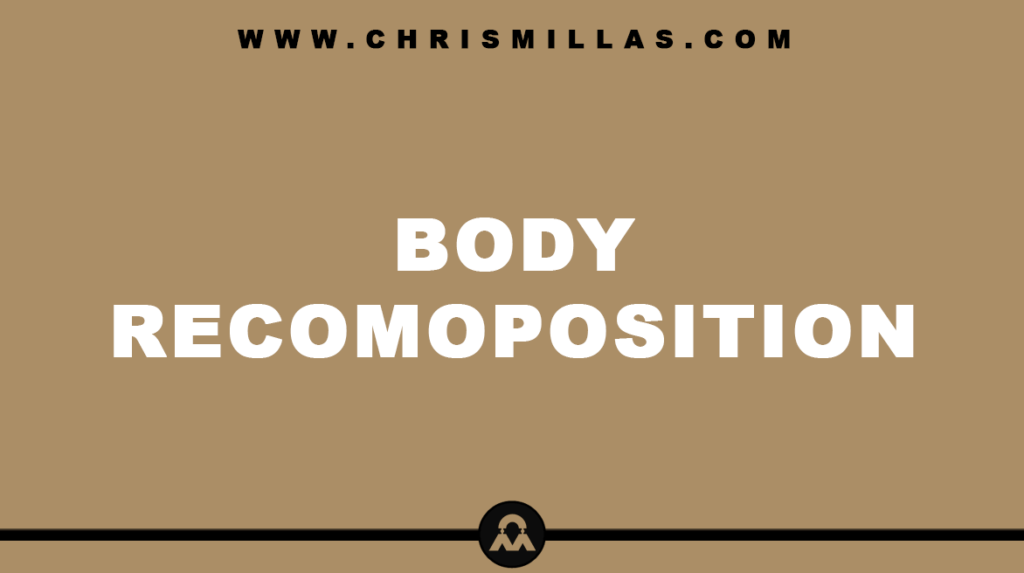In this post, we’ll unpack all you need to know about muscle growth, including the science behind building muscle, its relation to evolution and more.
The Science Of Muscle Growth
Muscle growth is the result of an adaptation to stress.
When you expose your muscle tissues to stress, they experience microscopic tears. In response, the injured cells release inflammatory molecules known as cytokines which activate the immune system to repair the injury.
The greater the damage to the muscle tissue, the more your body will need to repair itself. The resulting cycle of tear and repair is what makes muscles bigger and stronger as they adapt to progressively greater demands ― known as supercomposition.
In short, it is with muscles as it is with life: meaningful growth requires challenge and stress.
“Muscle growth occurs when the rate of muscle protein synthesis is greater than the rate of muscle protein breakdown.“
The Science Of Muscle Growth Summary
- You add a stimulus ― training.
- You take away the stimulus ― recovery.
- Your body then adapts to deal with the same stimulus more effectively.
Muscle & Evolution
The human body is an adaptation machine. It’s constantly adapting to the demands that it is put under as a way to survive. Thus, it prioritises whatever form of tissue ― either fat or muscle ― that is most essential to your survival.
This is where training comes in. The more demands you place on your muscle, the more you signal to your body that the muscle is essential to your survival, the more it prioritises muscle growth.
Interestingly, muscle is the most metabolically active tissue we have. Thus, the more muscle you have, the better your metabolic health will be.
Summary
When you expose your muscle tissues to stress, they experience microscopic tears. This triggers an immune response to repair the injury. The greater the damage to the muscle tissue, the more your body will need to repair itself. The resulting cycle of tear and repair is what makes muscles bigger and stronger as they adapt to progressively greater demands.
